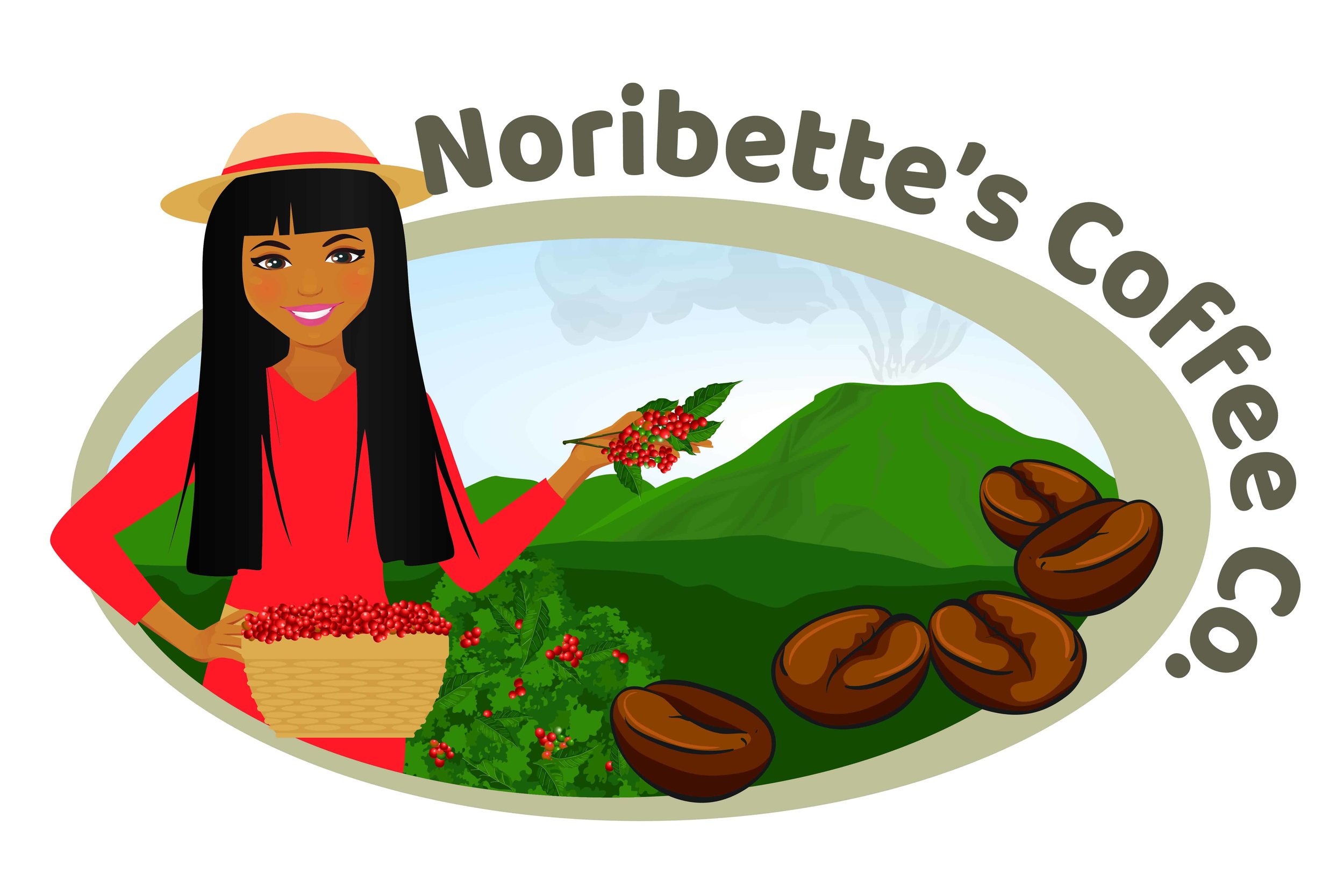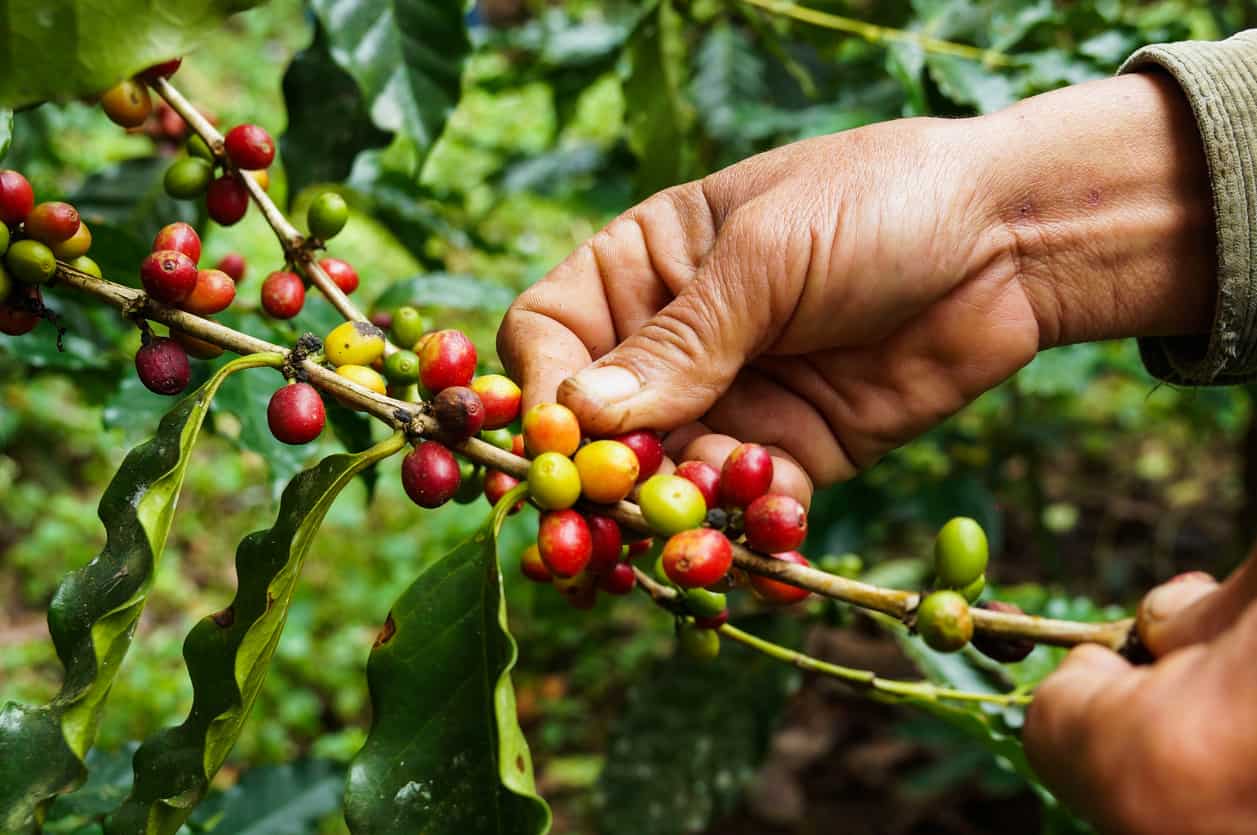The Volcanic Soil Advantage: A Coffee Guide
The Best Part of Morning Time
Coffee, as many people would agree, is the best part of the morning. Aside from its coveted energy spike, the drink's numerous health enhancing benefits are no secret, either. Many studies on the subject have been widely publicized1 in recent years. But while pouring over these health facts that you already knew, be aware that not all coffee beans are grown on equal ground.
Of course, when you choose an organic variety for your coffee bean routine, you'll be drinking in substantially more nutrients than you'd sip from your average cup of joe.
Still, much more lies beneath the surface. In fact, the sub-type of organic soil that nurtures the coffee crop will further affect your beans' nutritional attributes, as well as their most important feature: the flavor.
Coffee and Volcanic Soil: A Perfect Match
Volcanoes leave much more than wreckage in their wake. Over a period of time, volcanic deposits create a rich, nutrient-dense, highly fertile soil that gives rise to some of the world's most beautiful and verdant rain forests. According to the Volcano Information Center2, "volcanic deposits can develop into some of the richest agricultural lands on earth." Further, the article notes that "volcanic ash can be considered as a time-release capsule, rich in nutrients."
Go with the Flow: Experiencing a World of Difference
One common comment frequently made by new converts to volcanic soil coffee is that the brew is incredibly smooth, with a soft finish. Deeper and richer in flavor (ours has notes of sugarcane and chocolate), these coffees also have a very low acidity. As with many of the good things in life, more refined qualities make for an overall delightful experience. So pull up a seat and experience the difference today!
For more about our exclusive coffees, please visit us today at our store!
Tell your friends about this article! Simply use the Social Media links below.
Sources
1. Healthyeating.com, Benefits of Organic Coffee Consumption, accessed July 22, 2019
2. University of California, Santa Barbara, Soils from Volcanoes, accessed July 22, 2019

